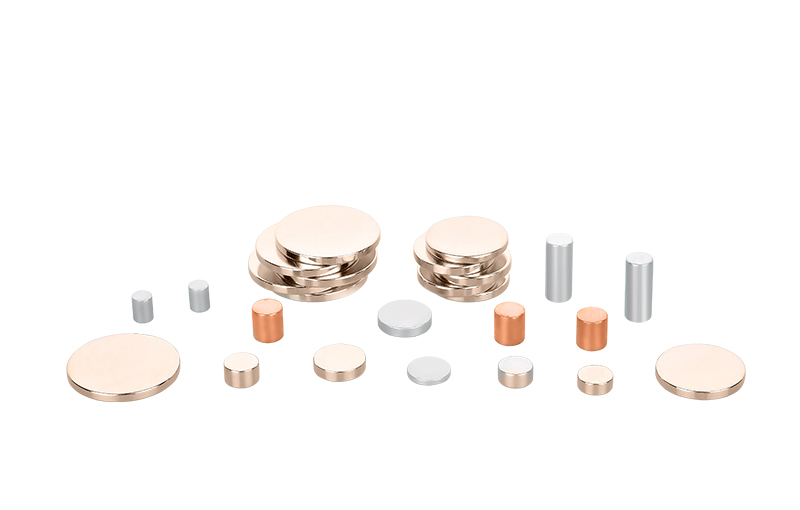Block Neodymium Magnet are a form of rare earth magnets with neodymium, iron and boron. It is a permanent magnet. It has an alloy of the above-mentioned metals in the form of a tetragonal crystal structure of Nd2Fe14B. This magnet is currently the most powerful commercial grade magnet. Therefore, these magnets can replace many other forms of magnets in modern products, such as motors in cordless tools.
Neodymium is a ferromagnetic material. Therefore, we can magnetize it into a magnet. However, the Curie temperature (the material from which the magnet loses its magnetism) of this element is very low. Therefore, in its pure form, it exhibits magnetism at very low temperatures. However, if we alloy neodymium with certain transition metals (such as iron), we can improve the magnetic properties of this material. This improved form is what we call "neodymium magnets".
Several factors determine the strength of the magnet. The main factor is the tetragonal crystal structure of the alloy. In addition, due to the presence of 4 unpaired electrons, neodymium atoms also have a large magnetic dipole moment. In addition, these magnets also have extremely high remanence (magnetic field strength), coercivity (resistance of the material being demagnetized) and energy product (magnetic energy density). But the Curie temperature (the material in which the magnet loses its magnetic properties) is relatively low.
Conventional magnets are the magnets we use for general purposes. Most of the time, we use ceramic (or ferrite) magnets as regular magnets. These magnets contain ferrite as a main component. Ferrite is a ceramic material. It is mainly composed of iron trioxide. We mix this compound with other metals such as barium, manganese, nickel and zinc. These components are ferromagnetic and non-conductive.
In addition, these magnets have low remanence (magnetic field strength) and coercivity (material resistance to demagnetization). However, according to the different coercivity, ferrite magnets are divided into hard ferrite and soft ferrite (high and low respectively). In addition, the energy product (the density of magnetic energy) is also relatively low. But the Curie temperature (the material in which the magnet loses its magnetic properties) is relatively high.

Block Neodymium Magnet
What is the difference between block neodymium magnet and ordinary magnets?
Neodymium magnets are a form of rare earth magnets with neodymium, iron and boron, while ordinary magnets are magnets, mainly ceramic (or ferrite) magnets, mainly composed of iron trioxide, and are usually used for general purposes. Therefore, the key difference between neodymium magnets and ordinary magnets is the composition of these magnets. Another major difference between neodymium magnets and conventional magnets is their performance due to the above composition. In contrast, neodymium magnets have extremely high remanence, coercivity and energy product, while ordinary magnets have lower remanence and energy product. However, according to the different coercivity, ferrite magnets are divided into hard ferrite and soft ferrite (high and low respectively). Moreover, the Curie temperature of neodymium magnets is lower than that of ordinary magnets.

Copyright © Ningbo Horizon Magnetic Technologies Co., Ltd. All Rights Reserved Sitemap